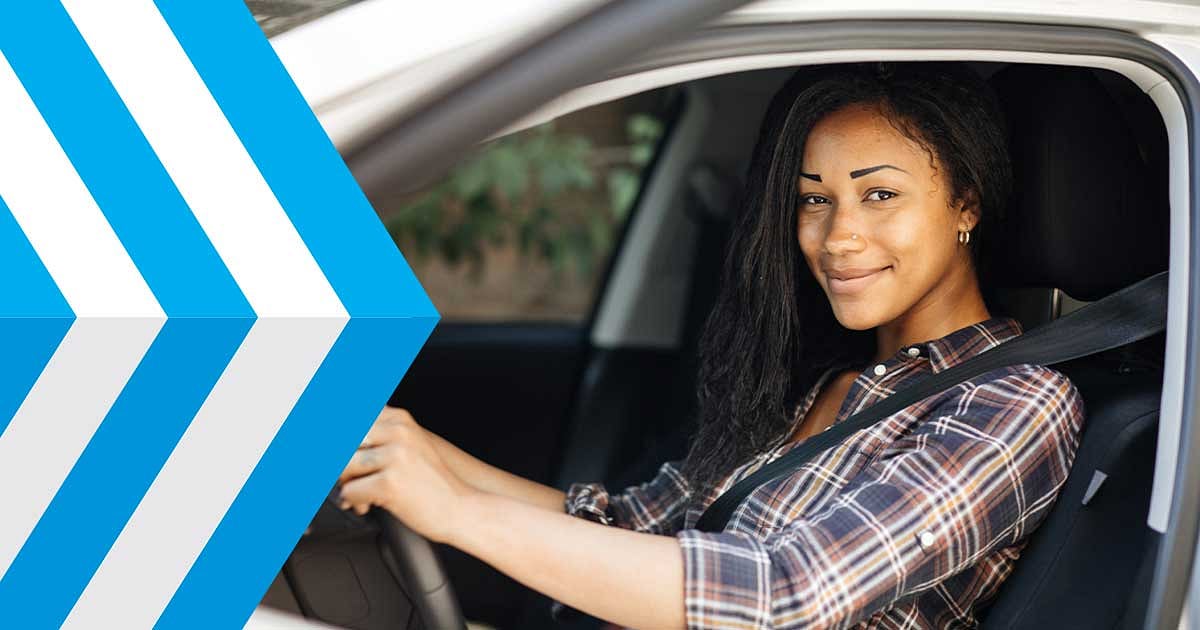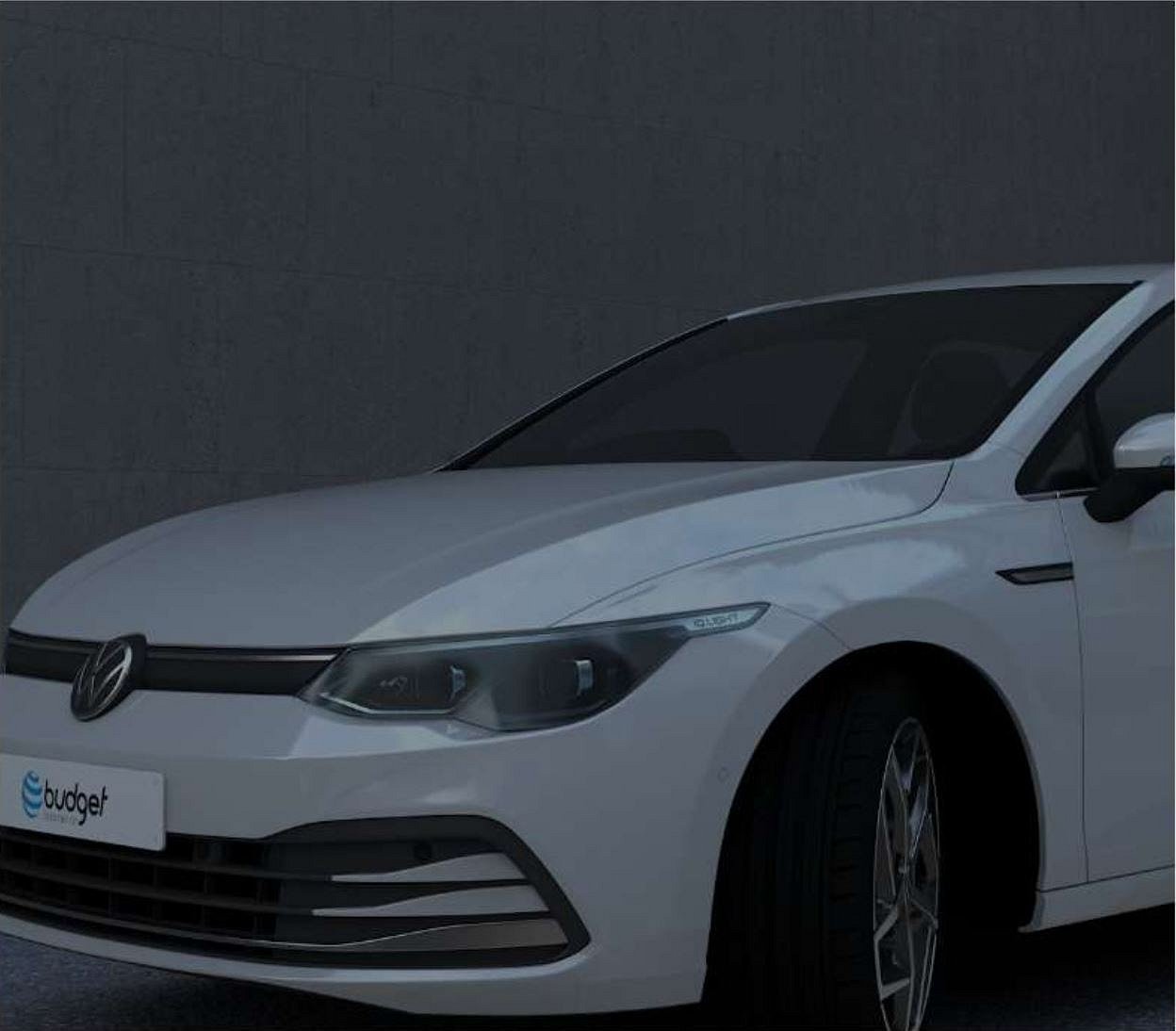Its all Insurance
Will House Insurance Cover Loadshedding Damage?

News Room

You’ve cut your bills down to the bare minimum and as the realities of a depressed economy sink in, you may be one of thousands of cash-strapped consumers looking to downgrade to a more affordable car. However, when you take out insurance for that car, be sure to ask the sales consultant about top-up insurance cover.
“At a time when many consumers are battling to make ends meet, the last thing you want is to have an accident where the car is written off and find out that you owe the bank a significant amount of money despite having insurance cover,” says Susan Steward of Budget Insurance.
When you take out car insurance, you have a choice to insure your car for either retail or market value. The retail value of your car is based on the “blue book” or the Trans-Union Auto Dealers’ Guide (formerly known as the Mead & McGrouther Auto Dealers’ Guide) and usually reflects the average price at which the vehicle has been sold recently. Market value is more specific to a particular car and considers factors such as the mileage, condition, scarcity and make of the vehicle.
Retail value is typically higher than market value. So, when you insure your car, you ideally want to specify that it should be insured at retail value.
“The tricky thing is if you are financing your car, the bank charges you interest upfront and with car loans moving to agreements as long as seven years, this interest amount adds up to a significant number,” Steward warns.
For example, if you bought a car for R250 000 with a R25 000 deposit and you financed it over seven years (84 months) at an interest rate of 9.5% (prime plus 2.5%), you would have to pay a total interest amount of R84 351.52, and the total cost of credit would be R316 355.02.
“However, regardless of whether you insure your car for retail or market value, the reality is that if you are in an accident and the car is written off, the insurance pay-out is not going to cover the full amount you owe the bank. We advise clients who have financed their cars through the bank to make use of Auto Top-up cover, which covers the difference between the insured value of the car and the amount you owe on your loan,” she says.
What to look for when you buy credit short-fall insurance
“The financial trauma of a write-off is bad enough on its own. Make sure you have the right cover in place to avoid a financial shortfall that prevents you from replacing your car,” Steward concludes.
